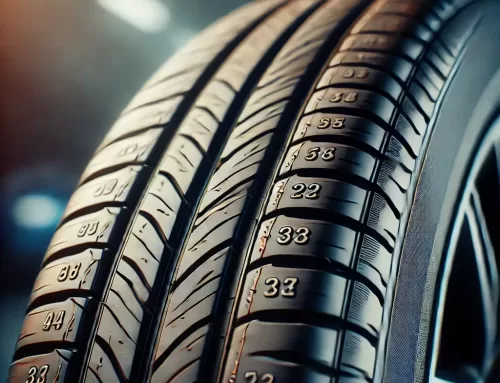What is Wheel Alignment and Why It Matters?
Proper vehicle maintenance involves more than just having high-quality tires. Two crucial yet often neglected services that significantly influence your driving experience are wheel alignment and wheel balancing. In this article, we will discuss why these services are essential for your vehicle’s performance, safety, and tire longevity.
Wheel alignment is the process of adjusting the angles of the wheels so that they are parallel to each other and perpendicular to the road. Misaligned wheels can lead to uneven tire wear, decreased fuel efficiency, and poor handling. Common indicators of misalignment include the vehicle pulling to one side, uneven tread wear, or a crooked steering wheel.
Benefits of Proper Wheel Alignment
- Improved Fuel Efficiency: When wheels are misaligned, the vehicle has to exert more effort, which increases fuel consumption. Proper alignment allows for smoother operation, leading to lower fuel costs.
- Extended Tire Lifespan: Tires that wear unevenly will not last as long. Poor alignment can result in premature wear, necessitating more frequent tire replacements.
- Enhanced Vehicle Safety: Proper alignment improves vehicle control, especially during emergency maneuvers, thereby enhancing safety on the road.
- Smoother Driving Experience: Well-aligned wheels allow for better steering accuracy and handling, contributing to a more comfortable ride.
What is Wheel Balancing and Why Is It Important?
Wheel balancing pertains to ensuring that weight is evenly distributed around the entire circumference of each wheel and tire assembly. Imbalanced wheels can cause vibration, particularly at higher speeds, and lead to uneven tire wear.
Benefits of Proper Wheel Balancing
- Reduced Vibration: Balanced wheels minimize excessive vibration, offering a smoother and more enjoyable ride.
- Even Tire Wear: Similar to alignment, properly balanced wheels help prevent uneven tire wear, which extends their lifespan.
- Improved Handling: Balanced wheels enhance the vehicle’s handling capabilities, making for a better driving experience.
Wheel Balancing for Buses and Large Vehicles
When buses are properly balanced, you’ll experience improved performance and control, particularly on uneven surfaces or at high speeds. An imbalanced bus can put extra strain on the suspension system, which may lead to costly repairs. Maintaining proper balance helps mitigate this risk.
How Often Should You Check Wheel Alignment and Balancing?
It’s advisable to have your vehicle or bus aligned and balanced every 10,000 to 12,000 kilometers, or at least once a year. Additionally, if you observe any unusual tire wear, changes in handling, or if your vehicle tends to pull to one side, it’s a good time to have these services evaluated.
The Impact of Wheel Alignment and Balancing on Vehicle Longevity
In conclusion, both wheel alignment and balancing are straightforward yet crucial services that can significantly improve your vehicle’s performance and safety. Regular maintenance ensures not only a smoother and more comfortable ride but also enhances fuel efficiency and prolongs tire life. The next time you schedule vehicle maintenance, remember to inquire about alignment and balancing services. Since your tires are the only part of your vehicle that makes direct contact with the road, keeping them in excellent condition is vital for a safe and enjoyable driving experience.





Leave A Comment